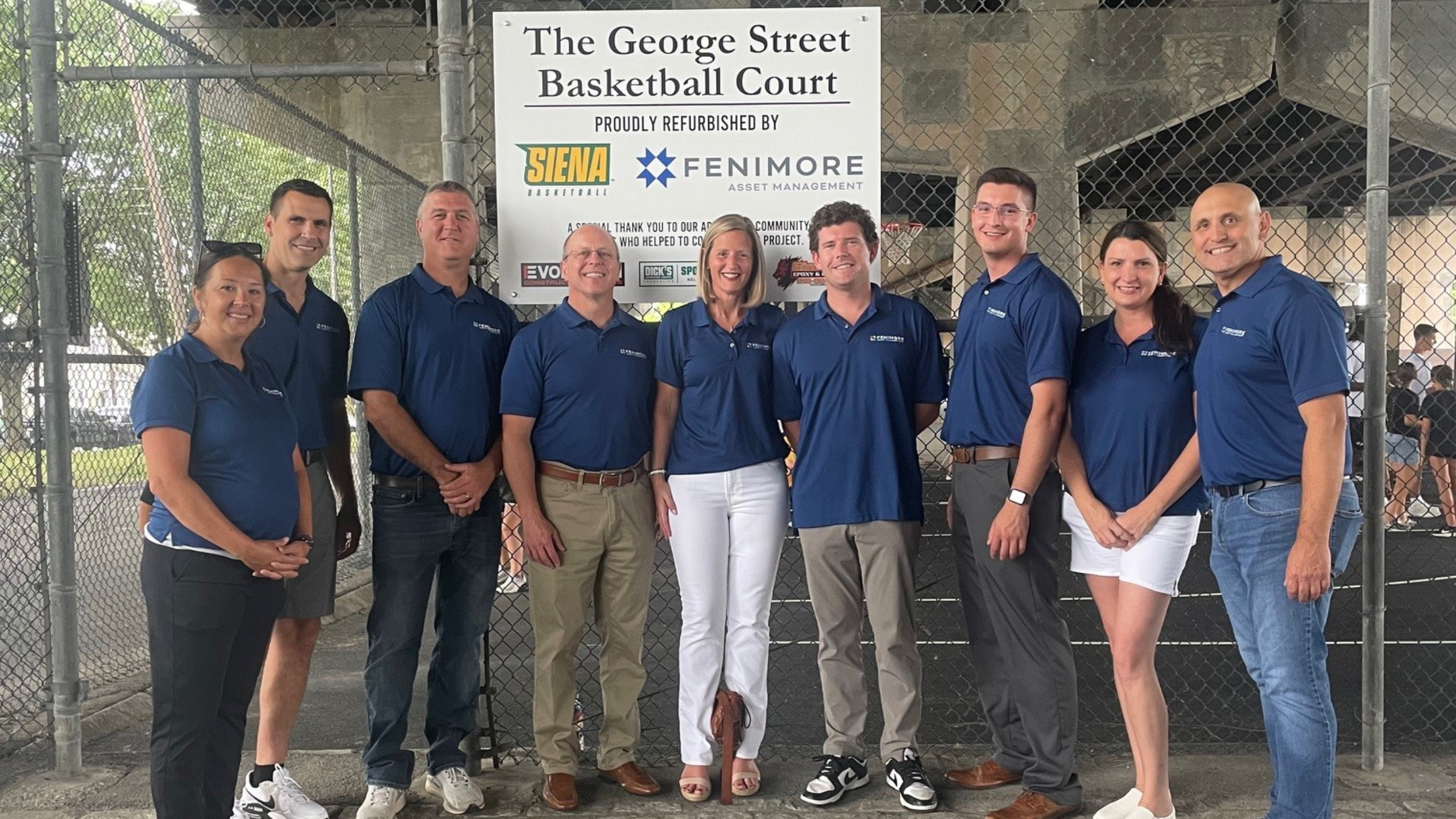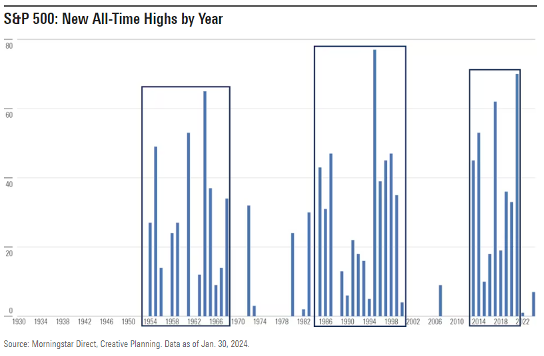Earnings, Tariffs and Market Declines
Market Update:
EARNINGS, TARIFFS & MARKET DECLINES
-
Insert Text here
March 11, 2025
With the backdrop of a resilient and expanding economy, coupled with prospects for pro-business tax and regulatory policies, the market entered 2025 with positive momentum, reaching a peak in February. Over the last week, sentiment has quickly shifted as uncertainty surrounding tariffs and negative revisions to corporate earnings estimates have led to market declines. From the highs, stock prices have declined to the lowest levels since September.
Index Nov 5, 2024 Close Feb 19, 2025 Peak Mar 10, 2025 Close % Change from Peak S&P 500 5,782.76 6,144.15 5,614.56 -8.6% -

Insert Image here
WHAT CHANGED
| Investor Outlook Entering 2025 | Today’s Reality |
|---|---|
| The Federal Reserve will continue to reduce short-term interest rates as inflation cooled. | Inflation remains stubborn near 3% and the Federal Reserve rate reductions are on hold. |
| Corporate earnings were poised to increase mid-teens. | Analysts are revising earnings estimates down as weak outlooks on fourth-quarter calls and the impact of tariffs takes hold. |
| New administration policies of low taxes and less regulation ignite business growth. | New administration’s implementation of tariffs is expected to slow economic growth. Work by the Tax Foundation in Washington, DC, suggests a 1% decrease in GDP growth. |
A COMPANY-LEVEL VIEW
Fenimore is dedicated to identifying select, quality businesses that we believe can grow and produce attractive returns over time – businesses that can withstand the inevitable bumps of economic cycles and policy changes.
As our businesses reported earnings, most of the calls with management were dominated by questions about tariffs. As specific timing over the implementation of tariffs has been elusive, there were few definitive answers. Most management teams reassured investors that they could employ strategies similar to those used during the last major wave of tariffs. Broadly, there are three key approaches companies are using to mitigate the impact of tariffs:
- Diversify sourcing strategies. In response to tariff increases during the Trump administration’s first term, many companies proactively restructured their supply chains to mitigate geopolitical risk. This shift was further expedited during the pandemic as businesses sought greater resilience. Floor and Décor (FND) exemplifies this transition—having sourced 50% of its products from China in 2018, the company successfully reduced that figure to just 16% by the fourth quarter of 2024.
- Leverage supplier negotiations. Companies with strong competitive advantages and dominant market positions may have the bargaining power to compel suppliers to absorb a portion of the increased costs, thereby cushioning the impact of tariffs.
- Adjust pricing strategies. Several management teams have indicated that price increases could serve as a direct offset to higher costs. However, the extent to which this strategy will be adopted—and whether it could contribute to inflation—remains uncertain.
IMPACT ON EARNINGS PER SHARE
If left unaddressed, tariffs may pose headwinds to corporate earnings. Among the earnings calls we’ve participated in, Zebra Technologies Corporation (ZBRA) was the only company to provide a precise dollar impact estimate. Without mitigation, they anticipate a $60 million hit to profits in 2025. However, after implementing various countermeasures—including the aforementioned strategies—they project the net impact will be reduced to $20 million, or approximately 2% of pre-tax profits.
On a broader scale, a recent J.P. Morgan report estimated that the implementation of the proposed tariffs could lower S&P 500 earnings per share (EPS) by approximately $16, representing a 6% reduction from current projections. If accurate and without further mitigation efforts, this adjustment would curb the index’s expected double-digit earnings growth to approximately 5%.
* Source: J.P. Morgan Equity Strategy & Quantitative Research, Factset
LOOKING AHEAD: Changing Times. Unchanging Principles.
We stick to our plan: only owning companies we understand deeply, with what we believe to be solid competitive advantages, profitability, and strong leadership. Our Research team remains busy and diligent with earnings calls, talking with management teams, and traveling for face-to-face meetings. We recognize it’s a fast-moving environment with a lot of change. We will provide an update in our next quarterly letters, going out in early April.
At Fenimore, we remain dedicated to the principles and philosophy that have seen us through many market cycles over the past 50+ years.
STAY CONNECTED
If you have any questions, please reach out to us. Call 800-721-5391, email us at info@fenimoreasset.com, or stop by either our Albany or Cobleskill location.
Securities offered through Fenimore Securities, Inc. Member FINRA, and advisory services offered through Fenimore Asset Management, Inc.
Past performance is not indicative of future results. All investing involves risk including the possible loss of principal. Before investing, carefully read the fund’s investment objectives, risks, charges and expenses. FAM Funds’ prospectus or summary prospectus contains this and other important information about FAM Funds and should be read carefully before you invest or send money.
To obtain a prospectus or summary prospectus and performance data that is current to the most recent month-end for each fund as well as other information, please go to fenimoreasset.com or call (800) 932-3271.
The principal risks of investing in the fund are: stock market risk (stocks fluctuate in response to the activities of individual companies and to general stock market and economic conditions), stock selection risk (Fenimore utilizes a value approach to stock selection and there is risk that the stocks selected may not realize their intrinsic value, or their price may go down over time), and small-cap risk (prices of small-cap companies can fluctuate more than the stocks of larger companies and may not correspond to changes in the stock market in general).
Neither this presentation nor any of its contents may be distributed or used for any other purpose without the prior written consent of Fenimore. The description of certain aspects of the market herein is a condensed summary only. This summary does not purport to be complete and no obligation to update or otherwise revise such information is being assumed. These materials are provided for informational purposes only and are not otherwise intended as an offer to sell, or the solicitation of an offer to purchase, any security or other financial instrument. This summary is not advice, a recommendation or an offer to enter into any transaction with Fenimore or any of their affiliated funds. This presentation may contain statements based on the current beliefs and expectations of Fenimore’s management and are subject to significant risks and uncertainties. Actual results may differ from those set forth in the forward-looking statements. Any references herein to any of Fenimore’s past or present investments, portfolio characteristics, or performance, have been provided for illustrative purposes only. It should not be assumed that these investments were or will be profitable or that any future investments will be profitable or will equal the performance of these investments. There can be no guarantee that the investment objectives of Fenimore will be achieved. Any investment entails a risk of loss. Unless otherwise noted, information included herein is presented as of the date indicated on the cover page and may change at any time without notice.

























